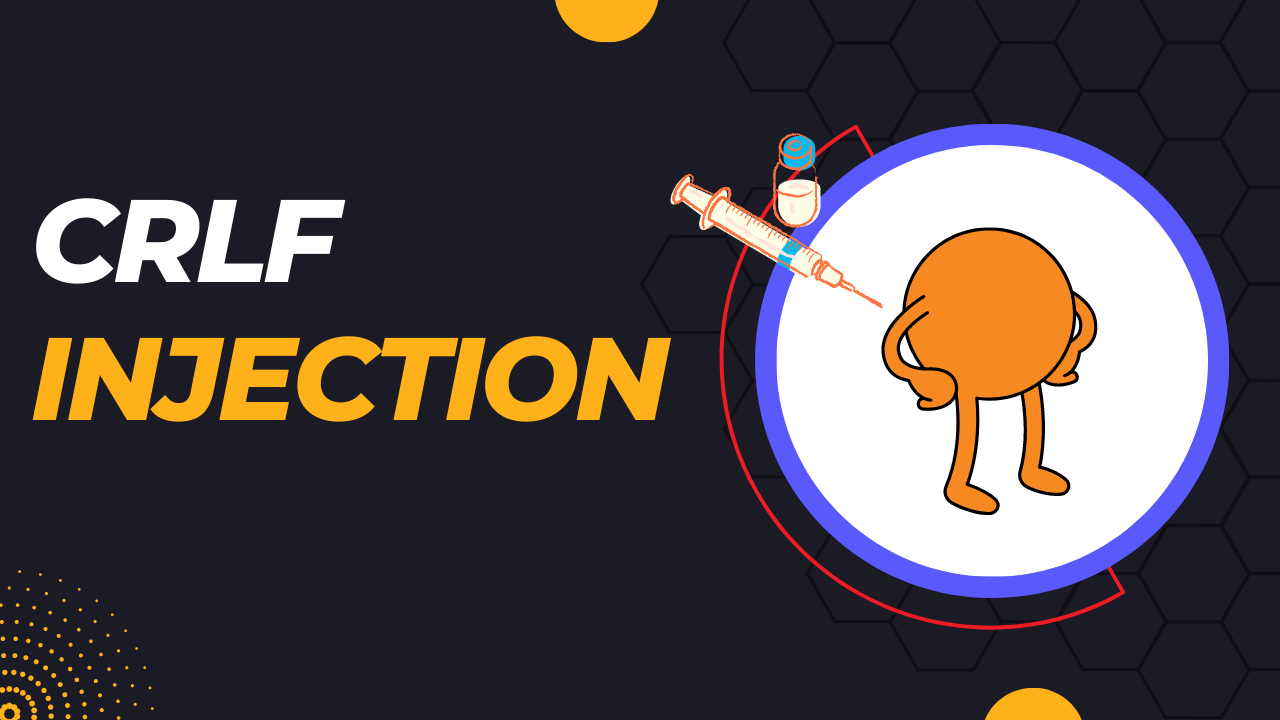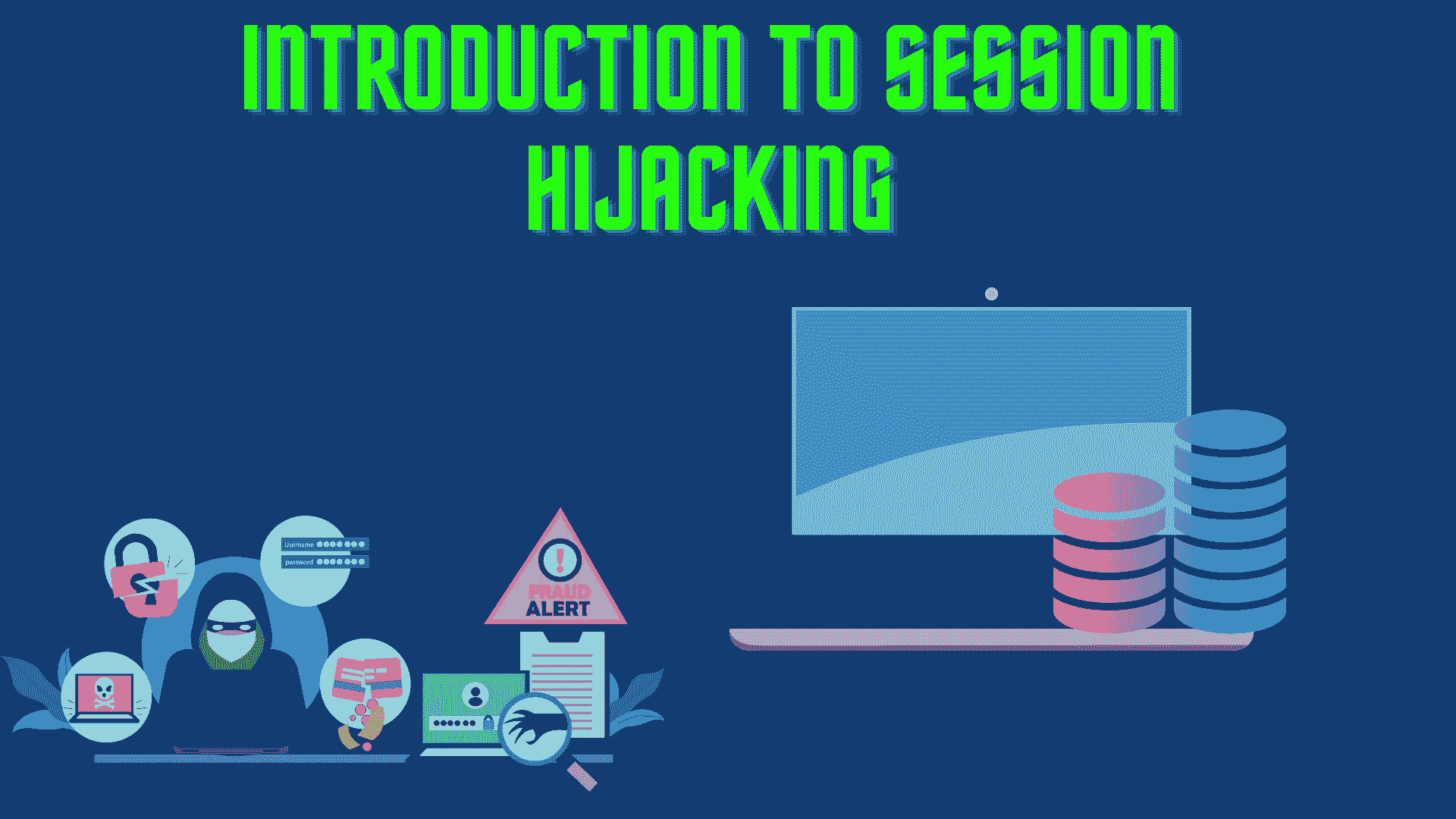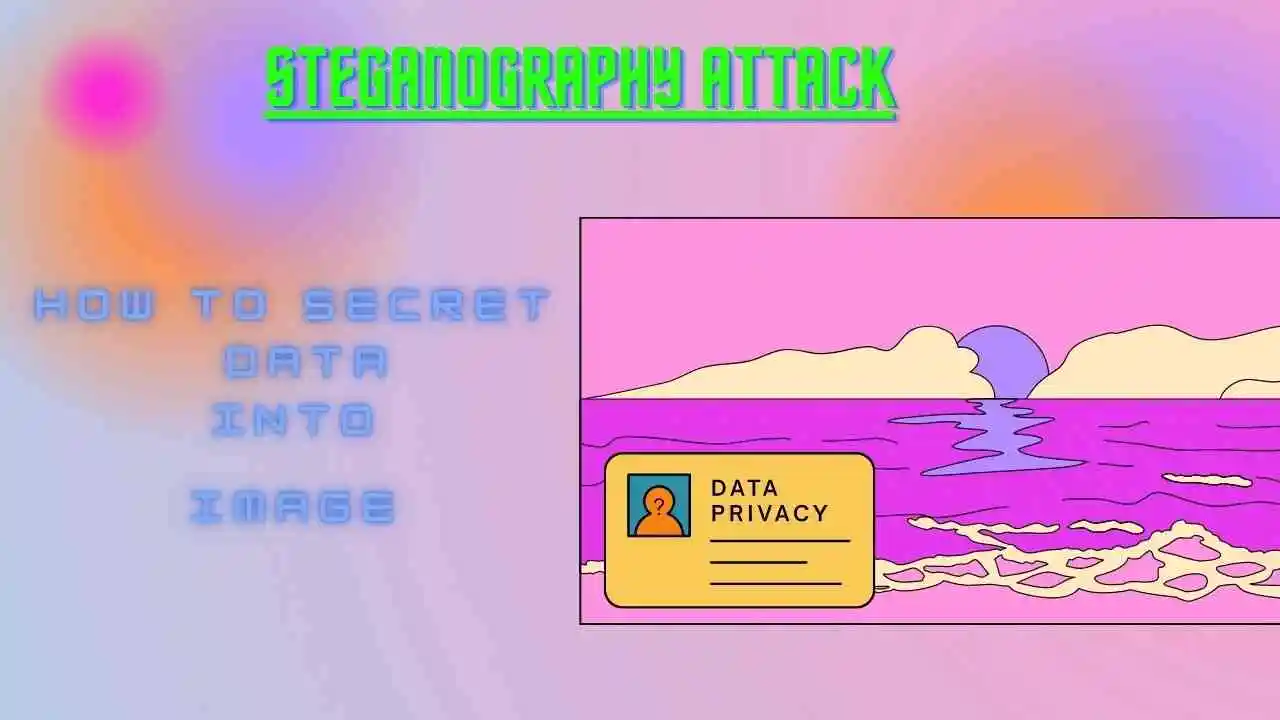In this blog, we will learn about the CRLF Injection. CRLF Injection is one of the important vulnerabilities found in applications. It is part of a cookie injection, We will see what impacts we can face and how to mitigate CRLF Injection
Table of Contents
- Introduction to CRLF Injection
- Impact of CRLF Injection
- Mitigation for CRLF Injection
- Post Related to Computer Network
- Blog Related to Linux
Introduction to CRLF Injection
CRLF Injection, also known as HTTP response splitting or HTTP header injection, is a web application security vulnerability that occurs when an attacker is able to inject Carriage Return (CR) and Line Feed (LF) characters into the HTTP response header. This type of injection can lead to various security risks, including cross-site scripting (XSS), session hijacking, cache poisoning, and other forms of attacks.
To understand CRLF Injection, let’s first break down the components involved:
- Carriage Return (CR): Represented by “\r”, it is a control character used to move the cursor or print head to the beginning of a line without advancing to the next line.
- Line Feed (LF): Represented by “\n”, it is a control character used to move the cursor or print head to the next line.
In HTTP (Hypertext Transfer Protocol), headers are used to transmit additional information about the HTTP request or response. These headers are separated from the message body by a CRLF sequence, i.e., a combination of Carriage Return and Line Feed (“\r\n”).
The vulnerability arises when an application fails to properly validate or sanitize user-supplied input, and this input contains CR and LF characters. An attacker can exploit this by injecting these characters into the HTTP response header, which could lead to several malicious consequences.
The primary goal of an attacker in CRLF Injection is to manipulate the header in a way that allows them to perform further attacks or bypass security mechanisms.
Impact of CRLF Injection
CRLF Injection vulnerabilities can have significant impacts on web applications and their users. The consequences of successful exploitation vary depending on the specific context in which the vulnerability is present. Some of the common impacts of CRLF Injection include:
A) Cross-Site Scripting (XSS) Attacks:
One of the most common outcomes of CRLF Injection is the ability to perform XSS attacks. By injecting CRLF characters into the response headers, an attacker can split the HTTP response and insert malicious scripts into a web page.
When unsuspecting users visit the compromised page, their browsers will execute the injected scripts within the context of the vulnerable website, leading to the theft of sensitive information, session hijacking, or other malicious actions.
B) Session Hijacking and User Impersonation:
CRLF Injection can be used to manipulate the HTTP response headers, potentially leading to the insertion of malicious cookies or session tokens. If the web application is vulnerable, an attacker could craft headers that set cookies for their own domain or impersonate another user, effectively hijacking their session.
C) Cache Poisoning:
Caching mechanisms in web applications can be abused through CRLF Injection. By injecting CRLF characters into cache-related headers, an attacker can poison the cache and cause the web server to serve malicious content to multiple users, leading to a broad range of potential attacks, including XSS or phishing attempts.
D) Sensitive Information Disclosure:
CRLF Injection may allow an attacker to manipulate the HTTP response headers to expose sensitive information that should not be visible to users or even other attackers. This could include server details, internal IP addresses, or other confidential data.
E) HTTP Response Manipulation:
By splitting the HTTP response, an attacker can alter the intended response from the server. This manipulation can be used to redirect users to malicious websites or alter the content of the response in unexpected ways.
F) HTTP Request Smuggling:
In some cases, CRLF Injection can lead to HTTP request smuggling attacks. By crafting carefully constructed requests, attackers may trick intermediary servers (e.g., proxies, load balancers) into processing the requests differently, leading to various security implications.
The impact of CRLF Injection can be severe, resulting in the compromise of sensitive data, unauthorized access, or the spread of malicious content to a large number of users.
Therefore, it is essential for developers and security professionals to be aware of this vulnerability and adopt secure coding practices to prevent its exploitation. Regular security testing and timely patching of vulnerabilities can help mitigate the risks associated with CRLF Injection.
Mitigation for CRLF Injection
Mitigating CRLF Injection vulnerabilities requires a combination of secure coding practices, proper input validation, and regular security testing. Here are some effective mitigation techniques to prevent CRLF Injection:
A) Input Validation and Sanitization:
Always validate and sanitize user input and any data received from external sources before using it in HTTP response headers. Ensure that the input does not contain any CRLF characters or any other unexpected control characters.
B) Output Encoding:
Encode user-supplied data properly before including it in response headers. This ensures that any CRLF characters or other special characters are represented correctly and cannot be interpreted as separate headers.
C) HTTP Header Validation:
Implement strict validation of HTTP response headers to prevent the injection of CRLF characters. Regular expressions or libraries specifically designed for validating headers can be used to enforce adherence to a safe format.
D) Avoid Concatenation of Untrusted Data:
Do not concatenate untrusted data directly into HTTP response headers. Instead, use appropriate language-specific functions or libraries to construct headers securely.
E) Security Libraries and Frameworks:
Utilize security libraries and web application frameworks that have built-in protection against CRLF Injection vulnerabilities. Many modern frameworks include security features to prevent this type of injection.
F) Keep Software Up-to-Date:
Regularly update and patch your web server, web application framework, and other software components to mitigate known vulnerabilities, including CRLF Injection.
G) Web Application Firewall (WAF):
Consider implementing a WAF that can detect and block CRLF Injection attempts. A WAF can provide an additional layer of protection against various web application attacks, including CRLF Injection.
H) Whitelist Filtering:
Implement strict whitelisting of characters or patterns allowed in user input. Reject any input that contains CRLF characters or other prohibited characters.
I) Least Privilege Principle:
Ensure that web applications and web servers run with the least privilege necessary to perform their tasks. This reduces the potential impact of successful attacks.
By following these mitigation techniques, you can significantly reduce the risk of CRLF Injection vulnerabilities and enhance the overall security of your web applications. It’s important to adopt a proactive approach to web application security and regularly update your security measures to stay ahead of emerging threats.
Post Related to Computer Network
- Introduction to Computer Networking | What is Computer Network
- What are Topology & Types of Topology in Computer Network
- What is FootPrinting in Cyber Security and its Types, Purpose
- Introduction to Cloud Computing | What is Cloud Computing
- Distributed Shared Memory and its advantages and Disadvantages
- What is VPN? How doe VPN Work? What VPN should I use?
- What is an Internet and How the Internet Works
- What is a Website and How Does a Website or web work?
- Introduction to Virus and different types of Viruses in Computer
- What is TCP and its Types and What is TCP three-way Handshake
- What is UDP Protocol? How does it work and what are its advantages?
- What is an IP and its Functions, What is IPv4 and IPv6 Address
- What is MAC Address and its Types and Difference MAC vs IP
- What is ARP and its Types? How Does it Work and ARP Format
- Sessions and Cookies and the Difference Between Them
- What is ICMP Protocol and its Message Format?
- What is Big Data? Characteristics and Types of Big Data
- Disciplines of CyberSecurity | What are the goals of CyberSecurity?
- What is Firewall, Features, Types and How does the Firewall Work?
- Network Scanning, Types, and Stealth Scan in Computer Network
- Cryptography and its Types in Ethical Hacking
- Tor Browser and How does it Work | Onion Router Tutorial
- Proxy Server, Advantages, Difference between Proxy Server & VPN
- DHCP Protocol and What Are the Pros and Cons of DHCP
- Intrusion Detection System(IDS) and What are the types of IDS
- Domain Name Server, How Does It Work, and its advantages
- Telnet: Introduction, How Does it Work, and Its Pros and Cons
- SOC: Introduction, Functions performed by SOC, and its Pros
- What is SIEM? | What is the Difference between SIEM and SOC?
- Application Layer in OSI Model | OSI Model Application Layer
Blog Related to Linux
- What is Linux Operating System | Introduction to Linux
- Directory in Linux Define | Linux Directory & its Commands
- Explain the chmod command in Linux | Linux chmod command
- Linux User Management || User Management in Linux
- Linux Computer Network Advanced Command | Network Command
- Redirection in Linux I/O| Linux I/O Redirection
- CronTab and Job Scheduling in Linux | Make CronTab Project
- Linux Firewall Unlock Rules with Firewall-cmd Tutorial
- netstat command in Linux | Linux netstat command
- SSH Command Full Guide with Practical | Linux SSH Service
- awk command Guide | How to arrange the output of the file in Linux
- sed command Full Guide Tutorial | Linux sed Command
- Iptables commands Full Guide: How to make our own Firewall




